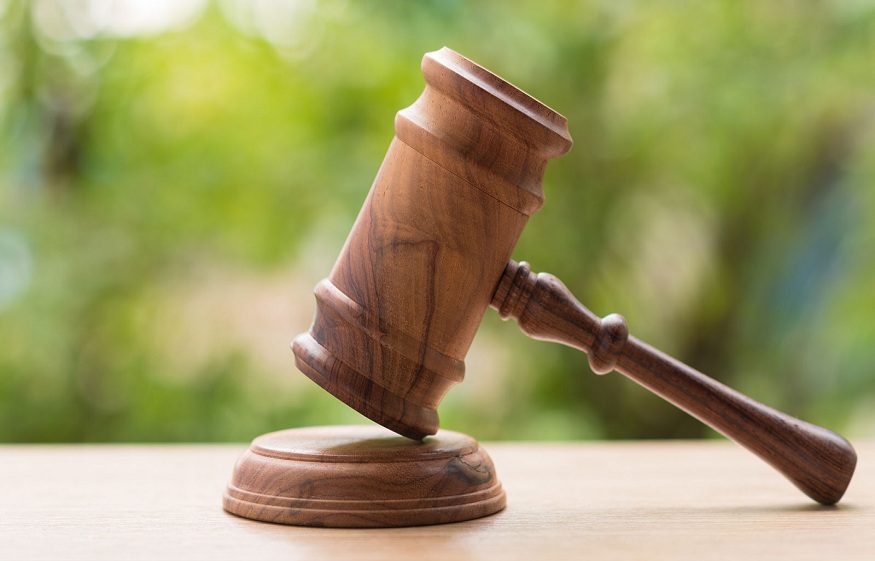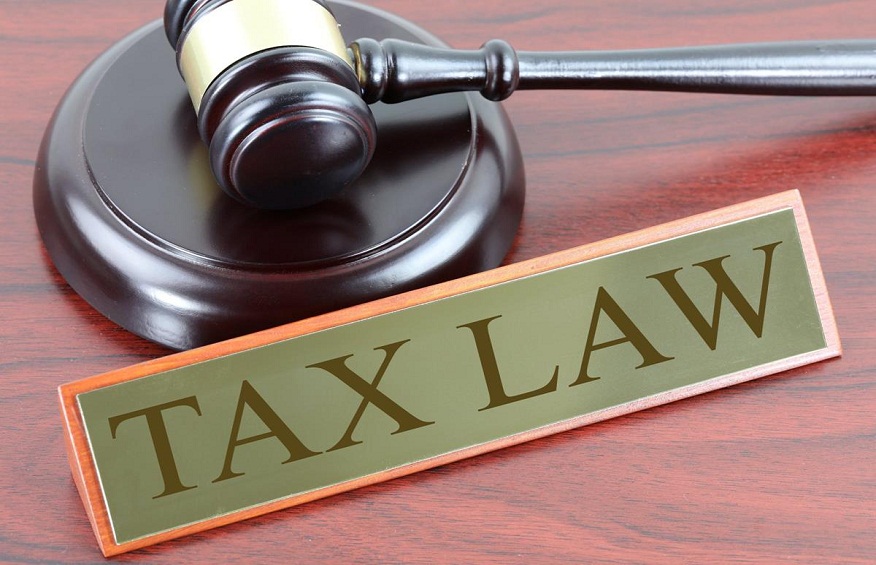
Welcome to our latest blog post where we explore the thrilling world of energy litigation and its pivotal role in achieving environmental justice. In a society increasingly focused on sustainability, it is crucial to hold accountable those who harm our planet and ensure fairness for all. Join us as we delve into this powerful realm, unveiling how energy litigation can be a catalyst for change and pave the way towards a greener, more equitable future. Get ready to embark on an exhilarating journey where legal battles become instruments of hope, fighting for both Mother Earth’s well-being and the welfare of every individual affected by environmental injustices.
Introduction to Energy Litigation
When it comes to protecting the environment, litigation is one of the most powerful tools available. Through energy litigation, communities can hold polluters accountable and ensure that they pay their fair share for the damage they cause.
Litigation can also be used to challenge government policies that fail to protect the environment. By filing lawsuits, environmental groups can force agencies to change their practices and make sure that they are following the law.
Energy litigation is a complex and specialised area of law, so it is important to work with an experienced attorney who understands the unique challenges involved. At Earthjustice, we have been litigating energy cases for more than 40 years, and we are committed to fighting for a clean and healthy planet.
What Is Environmental Justice?
Environmental justice is the fair treatment of people of all races, cultures, and incomes with respect to the environmental laws, regulations, and policies that affect their lives. It is the principle that all people have the right to live in a safe and healthy environment.
Environmental justice encompasses a wide range of issues, including but not limited to: air pollution, water pollution, hazardous waste, solid waste, climate change, and sustainable development. It also includes social justice issues such as poverty, racism, and classism.
The term “environmental justice” was first coined in the early 1980s by civil rights activists working on behalf of communities of color who were disproportionately affected by environmental hazards. Since then, the environmental justice movement has grown to include low-income and indigenous communities around the world who are fighting for their right to a clean and healthy environment.
There are many ways to achieve environmental justice, but one of the most effective is through energy litigation. Energy litigation is a legal process that holds companies and government agencies accountable for their actions that harm the environment or violate environmental laws. It can also be used to force companies to clean up their pollution or pay damages to impacted communities.
Overview of Energy Litigation Cases
In the United States, environmental justice is the fair treatment and meaningful involvement of all people regardless of race, colour, national origin, or income with respect to the development, implementation, and enforcement of environmental laws, regulations, and policies. Achieving environmental justice requires proactive efforts to ensure that low-income and minority communities are not disproportionately burdened by pollution and that they have an equal opportunity to participate in the decision-making process.
There are a number of ways to achieve environmental justice through energy litigation. Promoting accountability and fairness is one important way. In particular, energy litigation can be used to hold government agencies and private companies accountable for their actions that impact the environment and public health. Additionally, energy litigation can be used to challenge unfair laws and policies that disproportionately burden low-income and minority communities.
An example of a case where environmental justice was achieved through energy litigation includes:
The landmark case of NAACP v. Sebelius challenged the U.S. Environmental Protection Agency’s (EPA) decision to exempt coal-fired power plants from Clean Air Act regulations. The court ruled in favour of the NAACP, finding that the EPA’s decision was “arbitrary, capricious, and otherwise not in accordance with law.” As a result of this case, the EPA was required to implement stricter emissions standards for coal-fired power plants.
Benefits of Energy Litigation for Environmental Justice
The benefits of energy litigation for environmental justice are many. It can help to ensure that companies are held accountable for their actions, that communities have a voice in the process, and that the environment is protected. Energy litigation can also help to level the playing field between industry and community interests.
In addition, energy litigation can provide much-needed financial resources to support local environmental groups and communities fighting for change. It can also help to raise public awareness about important environmental issues and bring about much-needed reforms. Energy litigation can serve as an important tool for promoting environmental justice and achieving lasting change.
Challenges Faced in Reaching Environmental Justice Through Energy Litigation
There are a number of challenges that can arise when seeking to achieve environmental justice through energy litigation. First, it can be difficult to prove that a particular company or individual is responsible for environmental damages. Second, even if liability is established, it can be difficult to prove that the company or individual knew that their actions would cause environmental damage. Third, many energy companies are large and have deep pockets, making it difficult to secure a favourable outcome through litigation. Even if a victory is achieved, it can be difficult to ensure that the company or individual actually pays the damages awarded.
Potential Solutions to Overcome Challenges
There are a number of potential solutions that can be pursued in order to overcome the challenges associated with energy litigation. One solution is to focus on promoting accountability and fairness within the energy sector. This can be done by ensuring that companies are held accountable for their environmental impacts, and by working to create a level playing field for all energy users.
Another solution is to work towards increasing the transparency of energy markets. This would allow for a better understanding of how pricing and other factors affect the availability of energy, and would help to ensure that consumers are able to make informed choices about their energy use.
It is also important to continue to support research and development into new and cleaner forms of energy. This will help to reduce the overall environmental impact of the energy sector, and could provide additional options for those who are looking to reduce their own carbon footprints.
Conclusion
Energy litigation has the potential to be a powerful tool for advancing environmental justice. It creates an avenue for communities to hold polluters accountable for their actions and can empower those who are often left voiceless in decision-making processes. Through energy litigation, we can help ensure that all people have access to clean air, water, and land, regardless of race or income level. In order for this type of advocacy to be successful, however, it is essential that legal professionals are equipped with the knowledge and resources necessary to effectively represent clients seeking environmental justice through energy litigation.



